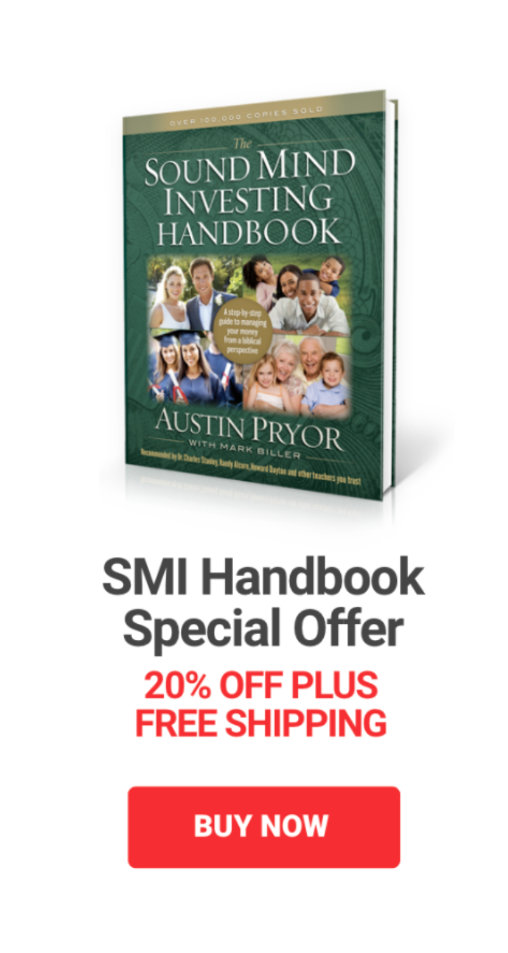SMI believes you can make most investing decisions with little regard for what’s happening in the investment markets. We realize that seems counterintuitive, but let us make our case. Then, we’ll apply it to the question of deciding whether now is a “good” time to sell some of your stock holdings.
Where do investment decisions originate for many investors? The starting point is in the impersonal “outside” world of current events, magazine articles, and “expert” recommendations. Their decisions are guided primarily by outside considerations. As they respond to the data thrown at them — sometimes buying, sometimes selling — their personal “inside” financial worlds take shape. Their thinking is “outside-in.” They need a continual stream of outside information to stimulate their thinking and provoke them to action. Decision-making would be impossible without it.
For other investors, the starting point of decision-making is “inside” information. The focus is on their own financial needs and a personalized long-term strategy designed to meet those needs. Their buy/sell decisions are based on what’s required to ensure their financial holdings are in accord with the game plan.
This is “inside-out” thinking, where decisions are primarily shaped by inside considerations. Thus, current market fads, trends, and “expert” opinions are largely irrelevant to inside-out investors. The “outside” world of investment professionals comes into the picture only when assistance is needed in executing decisions already made.
We’re encouraging you to be an inside-out thinker. In other words, make your investing decisions like other consumer purchasing decisions. For example, if your family has grown to the point that you need a minivan to haul everyone around, you wouldn’t buy a sporty little convertible because a magazine article said they’re “hot” at the moment. Or, if you need a medicine that lowers your blood pressure, you wouldn’t let a glowing recommendation from your druggist convince you to bring home the leading antihistamine for allergies instead.
It would be foolish to let irrelevant external influences (outside-in thinking) steer you into making such inappropriate purchases. Instead, you make your decisions based on your needs at the time, irrespective of what the marketplace would like to sell you.
“This is obvious!” you say. Yet, people have difficulty applying this consumer mindset to their investing decisions. Many investors have been whipped around by the market’s volatility this year, selling in fear when the market plunged in June, only to buy again after it rallied in July/August. Much better to be guided by a well-defined strategy, such as those provided by SMI, than to be whipped around by outside-in factors such as what the “experts” are predicting will happen next.
Outside-in thinking will never tell you whether it’s a “good” time to sell stocks because no one knows what the market will do in the coming months (as evidenced by the continual reporting of conflicting opinions from Wall Street’s bulls and bears).
Here’s a checklist an inside-out investor might run through to decide whether to make portfolio changes.
Is my financial foundation rock solid? That is, am I debt-free, and is my emergency-savings fund sufficient? If not, I should sell enough stock — or stop contributing to my 401(k) plan for a period — to repair the cracks in my foundation.
Are my earlier assumptions about my lifetime earnings, retirement and lifestyle goals, health needs, and life expectancy still acceptable? If in doubt, I should rerun the numbers. (Envestnet’s MoneyGuide software, available to SMI Premium-level members, is a valuable tool for working through these issues.) The results might dictate a change in my portfolio mix between stocks and bonds. (See page 159 of The SMI Handbook or go to the Getting Started section of the SMI site.)
Am I using investing strategies that reflect my emotional tolerance of risk? I know that the wrong time to make adjustments to my plan is to wait until a bear market arrives, then panic and sell based on the overwhelming emotion of the moment. I want to build a portfolio that I know I can ride through a bear market. (This exemplifies a healthy inside-out investing approach. It may lead you to some selling in one strategy now and transitioning into another strategy.)
Are my protective boundaries still in place? (See SMI’s 7 Key Principles For Christian Investing Bonus Report – PDF.) If not, what adjustments should I make at this time? For example, I lose needed diversification if more than 15% of my total portfolio is in the stock of my employer. In that case, even if I think my company’s stock will do well in the future, it’s probably wise to sell the excess and reinvest the proceeds in other assets.
Am I meeting my giving goals? If not, perhaps I should make lifestyle adjustments or sell some of my stock holdings to fund additional giving.
Focus on what matters
Notice that the questions above are about personal needs and circumstances rather than about how to react to the latest headlines (the news rarely tells you anything that will enhance the quality of your decision-making). Although current events may prompt you to run through your own list of review questions, they should not dictate the answers.









